Using SMART Goals for Debt Reduction
Getting out of debt often seems like an insurmountable challenge. Credit card balances, student loans, medical bills, and other debts can pile up to staggering amounts. When you're facing thousands of dollars of debt, it's easy to feel overwhelmed and not know where to start. That's where creating SMART goals can help provide focus and motivation to tackle your debt in a strategic way. SMART is an acronym that outlines the key characteristics of effective goals:
Specific
Measurable
Achievable
Realistic
Time-bound
By setting SMART goals for debt reduction, you can break down the process into clear, actionable steps. Here's how to put SMART goals to work to eliminate your debt.
Be Specific about Your Debt Reduction Goals
First, get clear on the specifics of your debt situation - how much total debt you have, your interest rates, minimum payments, etc. List out all of your credit card balances, loans, and other debts with the accompanying details.
Then set a specific goal, for example:
"Pay off my $5,000 credit card balance with a 19% APR by December 31, 2023."
Having a particular debt in mind with a fixed payoff date focuses your efforts. Being specific about the debt you want to tackle first also lets you prioritize high-interest debts over lower-rate debts.
Make Your Goals Measurable
Establishing measurable goals lets you quantify your progress. Measuring helps you stay on track and motivated as you see tangible results.
For debt payment goals, you'll want to track:
Your total remaining debt balance
Minimum monthly payments
Additional payments made to principal
Interest charges each month
Monitoring these measurable factors allows you to gauge your progress each month. Online debt payment calculators can also show you how additional payments can accelerate your payoff timeline.
Set Achievable Debt Reduction Goals
Paying off debt starts with consistent monthly payments, above and beyond your minimums. To set an achievable goal, first look at your monthly discretionary income that you can dedicate to debt payments after covering necessities.
For example, if you have $200 per month that you can put towards debt after paying minimums, set a goal accordingly:
"Pay an extra $200 per month toward my credit card balance to pay it off in full within 18 months."
The goal is still specific and measurable, but the timeline is now achievable based on your available budget.
Make Your Goals Realistic
Along with achievable, your goals need to be realistic given your circumstances. If your budget is tight, don't set unrealistic goals of paying off tens of thousands in debt in just a few months. You want your goal to be challenging but within reason. If you miss unrealistic goals, you may get discouraged and abandon your debt repayment efforts.
Sometimes, realistic goals may involve improving your finances to have more money to dedicate to debt payment. For example:
"Increase my income by $500 per month by finding a freelance job. Put the extra earnings towards my credit card balance."
Improving cash flow makes debt goals more realistic without needing to drastically alter your lifestyle.
Give Your Goals a Timeline
Finally, your SMART debt reduction goals need to have a debt payoff timeline. The timeline should align with when you realistically expect to be able to pay off a debt based on your monthly payment amounts. Time-bound goals prevent debt payments from dragging on indefinitely. When you expect to complete paying off a debt, it creates a sense of urgency.
Having set dates along the timeline can also keep you motivated. For example, you could set mini-goals to have specific debts paid off by set dates. Just be sure the timeline aligns with your other SMART criteria.
Breaking down Big Goals
For large debt balances, paying off the full amount may seem impossible, even over several years. In that case, set a big-picture goal but break it down into smaller milestones.
Your overall goal could be:
"Pay off my $25,000 total debt balance within 5 years."
Then set sub-goals to tackle chunks along the way:
Pay off Debt 1 ($5k balance) in 12 months
Pay off Debt 2 ($8k balance) in 18 months
Pay off remaining debts ($12k balance) within 5 years
Meeting smaller goals helps build confidence and momentum to keep going. Just be sure to re-evaluate your timeline periodically as your situation evolves.
Adjusting Goals along the Way
Life happens, and you may face financial setbacks or changes in income that make your original debt payment goals unrealistic. If that happens, rework your SMART goals accordingly. Your financial situation won't be static, so be prepared to evolve your goals as needed. The key is to get back on track toward your overall debt freedom goal. Don't be discouraged if you need to adjust the timeline based on life circumstances.
If your debts are simply beyond your current means, debt settlement may offer a lifeline. With debt settlement, professional negotiators work on your behalf to secure settlements for a fraction of your total owed. This can provide immediate relief compared to drawn-out repayment plans. The experts at Second Start Financial leverage their experience to negotiate optimal settlements with your creditors.
The savings from settled debt can give you the fresh start you need to move your finances in a positive direction. Just be sure to only work with reputable companies like Second Start Financial that have a proven track record of delivering exceptional debt settlement outcomes. With the right help, you can settle your debts for remarkably less than you owe and regain control of your financial life.
Reward Yourself along the Way
To stay motivated over the long haul, build in some rewards for when you meet interim goals. Just be sure rewards align with your overall financial goals.
Some ideas:
Special dinner out after paying off a credit card
Movie night when a student loan balance hits zero
Massage or spa visit for sticking to goals for 6 straight months
Having milestones to look forward to makes chipping away at big debts much more rewarding.
Enlisting Help to Reach Your Goals
If you need help coming up with an effective debt reduction plan, don't go it alone. Nonprofit credit counseling agencies can provide free or low-cost advice to set realistic budgets and payment plans.
For more tailored guidance, financial planners and advisors can review your full situation and savings opportunities to design a customized debt payoff strategy using SMART goal-setting. There are also debt management companies that can negotiate with creditors and consolidate payments into one monthly bill. The key is finding reputable sources of help.
Turning SMART Goals into Debt Freedom
At first glance, getting out from under a mountain of debt can seem impossible. But by using SMART goals to formulate a concrete plan, what once appeared insurmountable becomes far more manageable.
Each small debt milestone accomplished builds the momentum and self-belief needed to completely eliminate your debt. SMART goals transform debt freedom from a pipe dream to an achievable reality.
It takes diligence and commitment, but the financial and psychological rewards of becoming debt-free make the effort well worth it. So take charge of your debt situation by setting SMART goals today. Before you know it, you can be living debt-free and pursuing your dreams and passions without the burden of debt holding you back.







